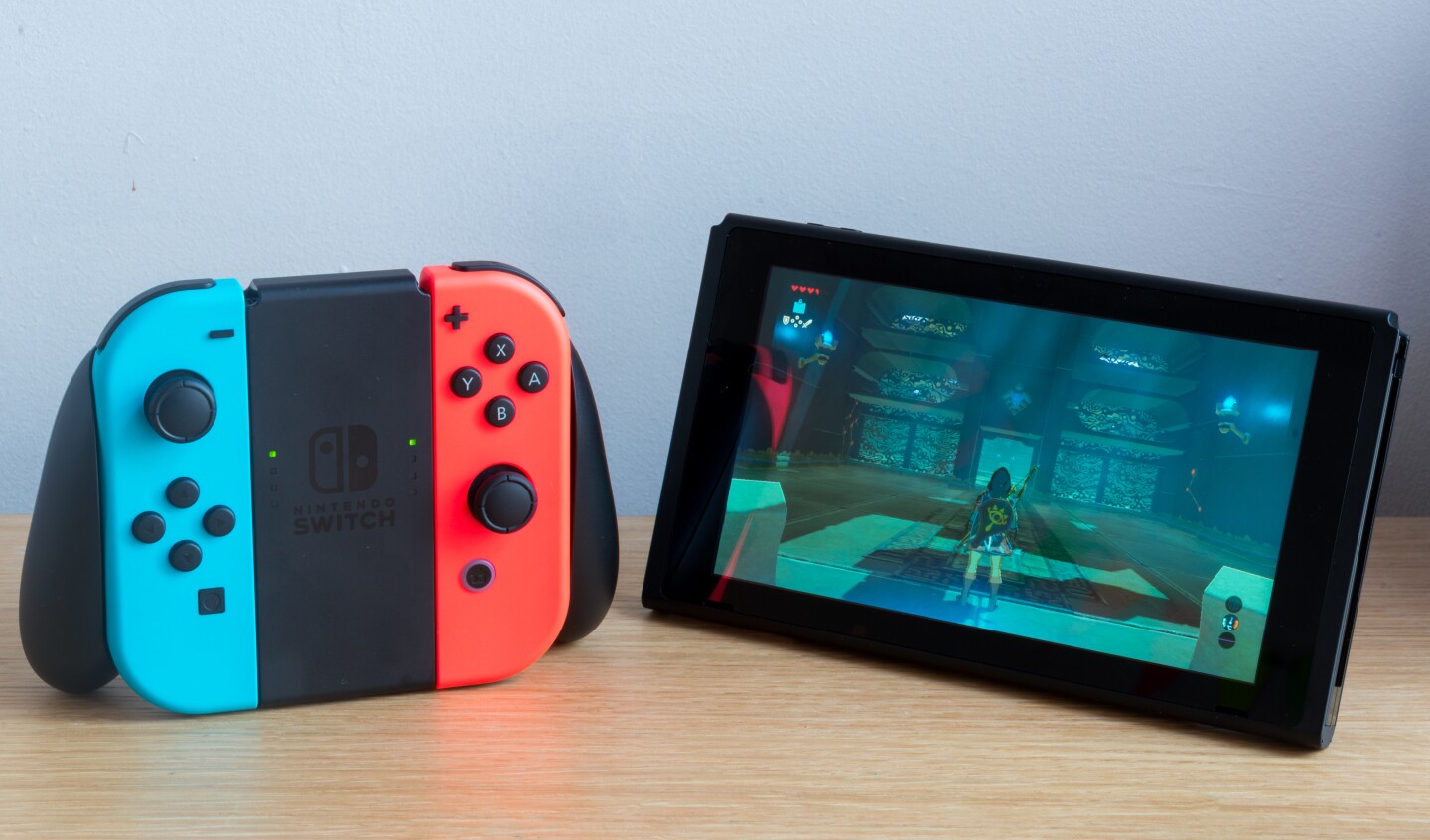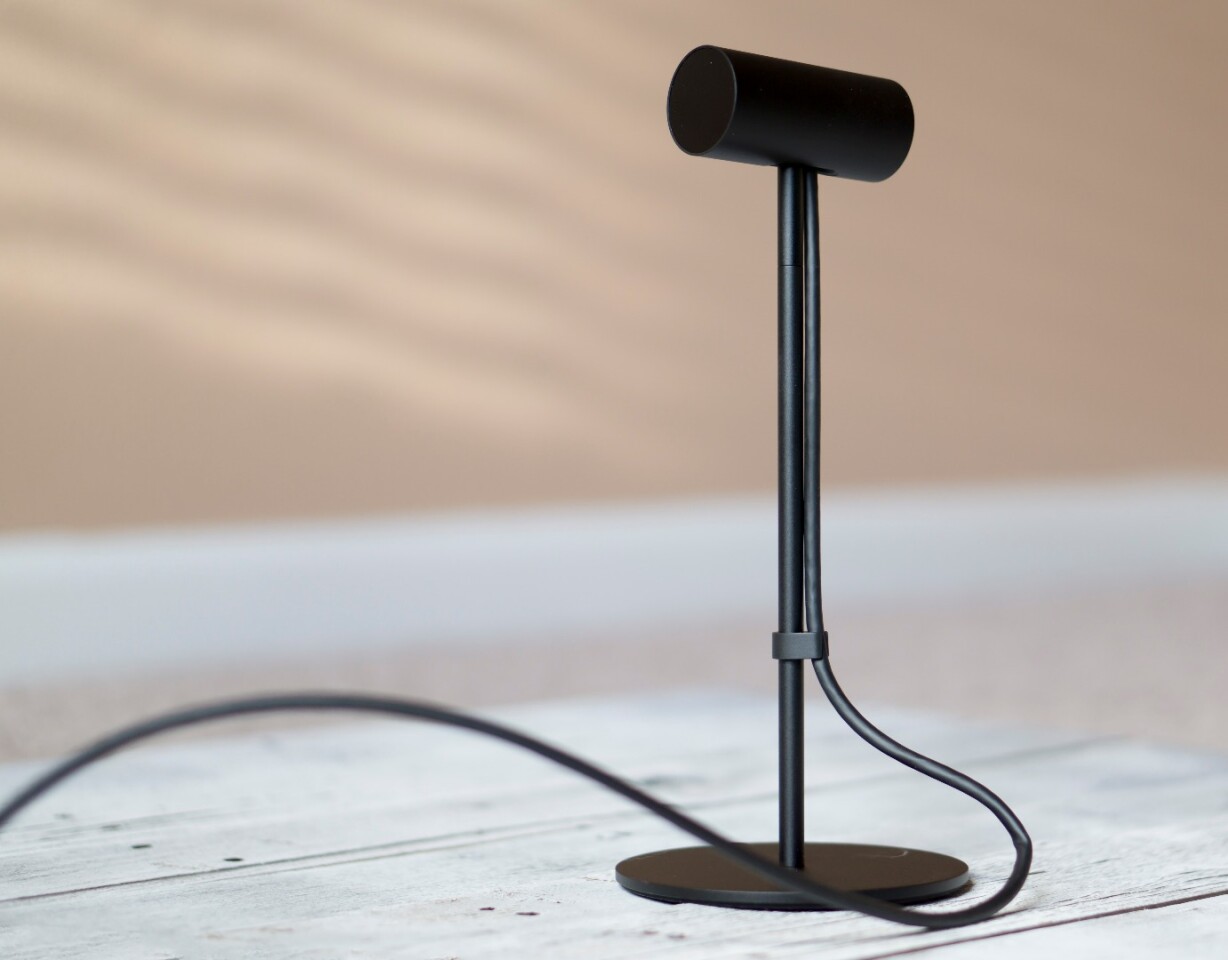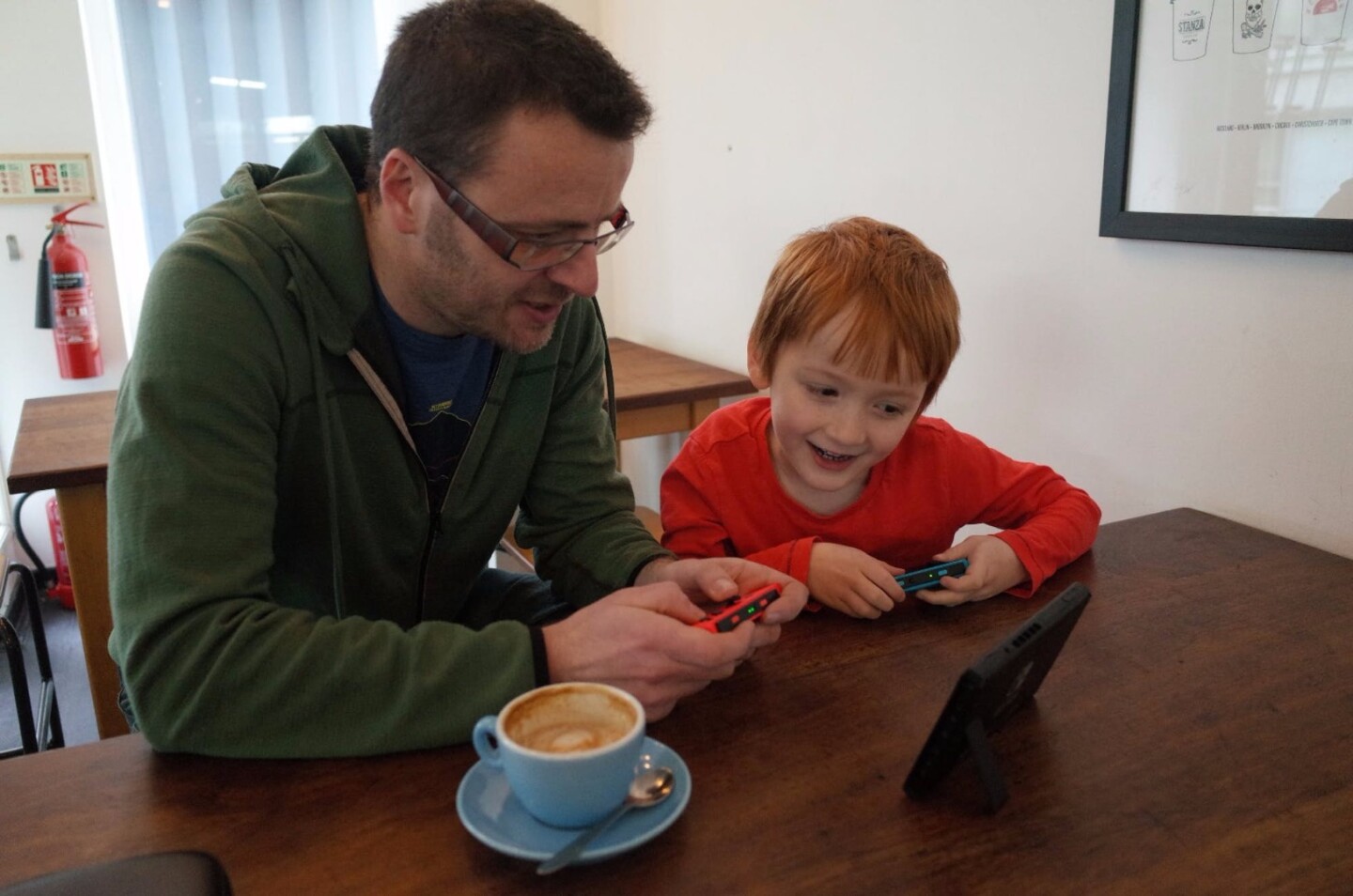The Nintendo Switch doesn't have a lot in common with VR systems like the Oculus Rift, HTC Vive and Gear VR. But if virtual reality companies want the tech to have its mainstream breakthrough moment, they'd be wise to study Nintendo's approach.
Everything you need in one $300 box
Right now VR is split into two camps: expensive PC-based systems that show off the most cutting-edge technology, and cheaper smartphone-based headsets that lack many of the bells and whistles of their high-end counterparts. They both share fragmented setups, involving different (often pricey) parts that are sometimes made by different companies.
To get the Oculus Rift, for example, you have to buy the Rift headset, Touch controls and a VR-ready gaming PC. To use mobile VR like Daydream View, you need to own a compatible smartphone and then buy the headset separately.
Even if it's purely psychological, there's something customers like about the simplicity of everything they need being made by one company, and arriving in one box. There's no guesswork involved in wondering whether you have all the right pieces to the puzzle.

Even more importantly, that box needs to cost much less than it does right now. A full Rift or Vive setup, including PC, easily surpasses the US$1,000 mark. Mobile VR fares better, as the headset costs less than $100, but that's only because you're sliding a $600+ smartphone inside to do the heavy lifting. (And, even then, mobile VR lacks neck-down tracking and "real" motion controls.)
There's also the not-so-minor detail of iPhones not having any significant VR hardware or software. There's a decent number of Samsung Galaxy and Daydream-ready Android phones floating around, but as long as the iPhone is left out, the mainstream reach of mobile VR is severely limited.

A VR headset that gives you everything you need for a high-quality experience in one $300 box – just like the Nintendo Switch – may be the winning formula that pushes it into the spotlight.
Stupid-simple setup
A decade ago the Nintendo Wii had no problem becoming a global sensation with some minor sensor setup, but in 2017 the company eliminated all external sensors with the Switch (while still offering quality motion control).
While mobile VR requires no sensor setup, it also has no real tracking. The high-end stuff has terrific tracking, but you also need to mount cameras or base stations in opposite corners of your playing space to get a full 360° experience.

The first mainstream VR product will need to have self-contained (inside-out) tracking within the headset. The more stupid-simple the overall setup on the consumer end, the better.
Fun and family over technology
Nintendo has never led on specs or cutting-edge tech, including with the Switch. (While the Switch is a unique amalgamation, all of its ingredients had been brewing elsewhere for years.) Nintendo's historical approach is more about piecing together existing tech and combining it with high-quality games to make for a unique, family-fun wonder machine.
The end result feels more like toy than tech.
Early adopters get excited about seeing how quickly tech is advancing. Your typical customer, though, just wants to know if it will enhance their life – and not break the bank in the process. A relatively-affordable, life-enhancing experience is what will ultimately spark interest in VR.

That means a killer VR headset for consumers doesn't need to have the most cutting-edge display resolution, field of view or raw horsepower. VR companies will need to ignore precisely the things that make today's enthusiasts salivate, in favor of the things that will put smiles on the faces of children of all ages.
It does, however, need to deliver all the basics seamlessly, without technology shortcomings obfuscating the core illusion. (Sony's PSVR, the product that comes closest on paper to bringing VR to the masses, has unreliable controller tracking that frequently breaks the "magic.")
The first mainstream VR headset needs to have glitch-free tracking and accurate motion/hand control, while providing a rock-solid illusion of being somewhere else. It can fall behind today's Rift and Vive in power and visual presentation – just like every Nintendo console since the late 90s has to the PlayStation and Xbox – but not so far that the core "magic" is compromised.

Can this ideal mass-consumer VR headset be made today for this price? Probably not quite: If it could, we'd likely have already seen it.
But companies are working on it – and with urgency. Oculus already teased a standalone headset last October (above) that will use inside-out tracking. If that product can ultimately launch in a $300 window (far from a sure thing), it could potentially be the first to tick all the boxes on this Fantasy VR wish list. The race is on.
No matter what company gets there first, we expect the first commercially-successful VR system to lose the PC, console and even smartphone. It will take this more Nintendo-like approach: simple setup, everything-in-one-box integration, great content and a clear focus on unadulterated fun.
For more on Nintendo Switch, you can read New Atlas' review and our view on the console from a parent's point of view.









